Here are facts about the Indian Army, one of the most respected and powerful military forces in the world:
Let’s be honest—when we hear “Indian Army,” we immediately picture soldiers in camouflage, standing tall on snow-covered borders, guns slung over their shoulders, ready to take on the enemy. But here’s the thing: the Indian Army is so much more than that. It’s grit, it’s honor, it’s heart. It’s not just about war—it’s about discipline, duty, and deep love for the motherland.
So buckle up, because we’re about to take a not-so-serious (but very respectful!) ride through one of the world’s biggest and most badass military forces—India’s pride: The Indian Army.
Quick Glance: What Is the Indian Army?
- Part of the Indian Armed Forces (along with the Navy and Air Force).
- Tasked with defending the country from external threats and handling internal security.
- Has more than 1.2 million active personnel, making it the second-largest standing army in the world.
- Headed by the Chief of Army Staff (COAS)—a 4-star general.
- Works under the Ministry of Defence, Government of India.
Now let’s get to the real stories, the jaw-dropping feats, and the kind of facts that make you want to salute every soldier you see.
Not Just Guns and Glory
The Indian Army isn’t just about marching with weapons. They’re on duty 24x7x365, doing things that go way beyond combat. Like what?
- Rescue missions during floods, earthquakes, and landslides.
- Building bridges, clearing roads, and even saving people from burning buildings.
- Helping with elections, disaster management, and even COVID support.
Basically, if something goes wrong, there’s a good chance it’s the Indian Army that steps in first—no matter the risk, no matter the terrain.
High-Altitude Heroes: Life on the Border
Ever heard of Siachen Glacier? It’s the highest battlefield in the world, and yep—the Indian Army is stationed there, surviving in -50°C temperatures and altitudes that would make most of us faint just by standing.
At those heights, the enemy is not just across the border—it’s also nature itself. Frostbite, avalanches, low oxygen… and yet, soldiers stand guard every single day. Talk about hardcore!
Also, shoutout to the BRO (Border Roads Organisation)—these folks literally build roads on cliffs and glaciers to help the Army reach remote posts. Legends, every one of them.
Regiments: The Army’s Personality Pack
The Indian Army isn’t just one big group. It’s made up of legendary regiments, each with its own history, motto, and vibe. Let’s meet a few:
- Gorkha Regiment – Fierce warriors with their iconic curved khukris. They’re small in size, but lethal in battle.
- Sikh Regiment – One of the most decorated regiments, known for fearlessness and turbans of steel.
- Madras Regiment – One of the oldest, dating back to the 1700s. Discipline + tradition = mad respect.
- Parachute Regiment (Para Commandos) – The elite daredevils who skydive behind enemy lines and handle the craziest missions.
Every regiment has its own war cry, emblem, and spirit. It’s like the Hogwarts houses of the military—but instead of wands, they have rocket launchers.
Training: Where Boys Become Warriors
Let’s talk about training, because joining the Army isn’t a walk in the park. It’s more like a sprint through fire, literally.
Cadets are trained at places like:
- Indian Military Academy (IMA), Dehradun
- Officers Training Academy (OTA), Chennai
- National Defence Academy (NDA), Pune
They run for miles, learn hand-to-hand combat, climb ropes, jump from heights, crawl under barbed wire, and live without sleep—all while being shouted at by terrifying instructors. And they still come out stronger.
If you’ve seen those NDA obstacle course videos on Instagram and thought, “I could do that”—no, you couldn’t (unless you’re superhuman). These folks are built different.
War Stories That’ll Give You Goosebumps
The Indian Army has been part of several wars, and let’s just say, they don’t back down. Ever.
1. 1947 – First Indo-Pak War
Right after independence, Pakistan invaded Kashmir. The Indian Army airlifted troops to defend the region and held their ground. Thus began the long story of border tension.
2. 1965 & 1971 Wars
In 1965, Pakistan attacked again. In 1971, India hit back hard, leading to the creation of Bangladesh. The Indian Army captured over 90,000 prisoners of war. Mic drop moment in military history.
3. Kargil War, 1999
This one’s iconic. Pakistani soldiers infiltrated Indian posts on the Kargil mountains. The Indian Army launched Operation Vijay to reclaim the peaks. Young officers like Captain Vikram Batra became legends—his war cry, “Yeh Dil Maange More,” still gives people chills.
Gallantry Awards: When Heroes Wear Medals
The Indian Army honors bravery with awards like:
- Param Vir Chakra (PVC) – The highest wartime gallantry award.
- Ashok Chakra – Highest peacetime gallantry award.
- Vir Chakra, Shaurya Chakra, and more.
These medals aren’t just shiny decorations. They’re proof of insane bravery—like jumping on grenades to save comrades or holding a post solo against 50 enemies.
Women in the Army: Salute to Shakti
Yes, women are killing it in the Indian Army too! From serving in the medical corps for decades to now joining combat roles and flying choppers, Indian Army women are showing that strength has no gender.
In 2020, the Supreme Court ruled that women can get permanent commissions. Slowly but surely, the Army is becoming more inclusive—and that’s something to cheer about.
Facts That’ll Make You Go “WHAT?!”
- No reservation in the Army. It’s purely merit-based.
- The President of India is the Supreme Commander of the Armed Forces.
- Indian Army also trains soldiers from other countries! Yes, we’re that good.
- The Army Medical Corps runs some of the best military hospitals in Asia.
- India has a unique unit called the Territorial Army, made up of civilians who serve part-time. Even celebrities like MS Dhoni and Mohanlal have been a part of it!
What It Really Means to Be a Soldier
Being in the Army isn’t about shouting orders or showing off badges. It’s about:
- Waking up at 4 AM every day, no matter the weather.
- Spending Diwali and Holi on a snowy mountain instead of home.
- Watching your comrades fall, and still moving forward.
- Saying goodbye to your family every time you’re posted, not knowing when (or if) you’ll come back.
It’s sacrifice. It’s discipline. It’s choosing the nation every single day.
Final Thoughts: Respect the Olive Green
The Indian Army isn’t just an institution—it’s an emotion. Every time you see a soldier, remember: they’re out there so we can live in peace. Whether it’s guarding borders, saving lives during disasters, or standing tall in the face of danger—they’ve got our backs.
So next time you complain about a slow Wi-Fi connection, remember there’s someone on a snowy post with no network, no comfort, and still no complaints. Just silent strength and a rock-solid will.
To every jawan, officer, and family member of a soldier: thank you. We may not say it enough, but we see you. We salute you.


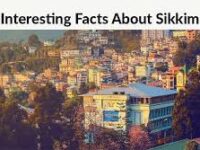

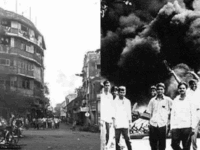
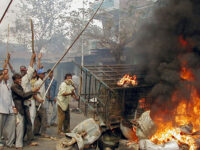
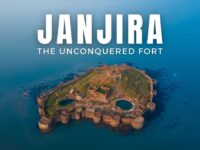




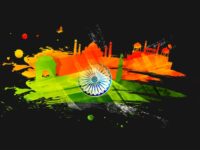

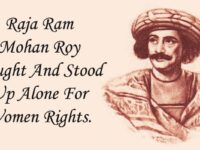
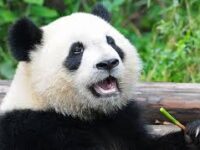




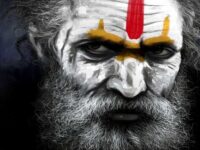





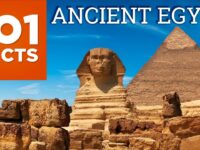

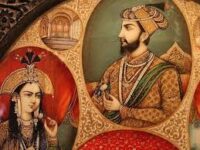
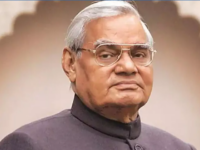
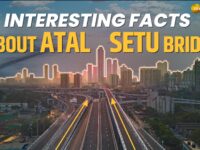




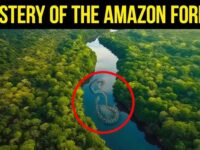

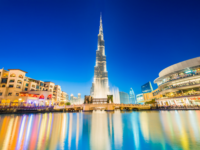




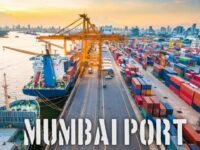





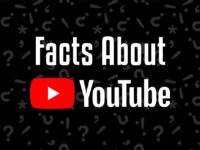

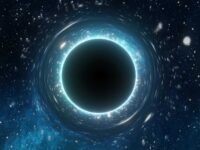









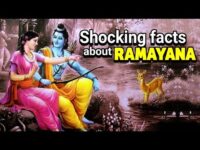

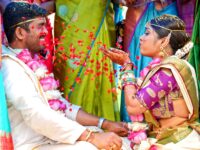



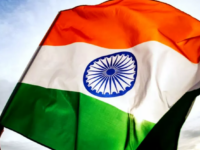












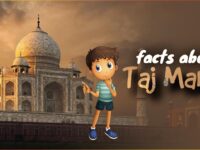



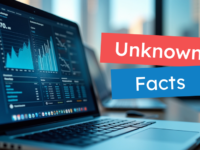
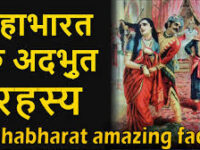

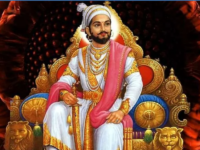


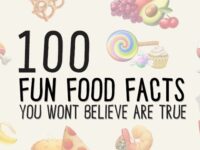
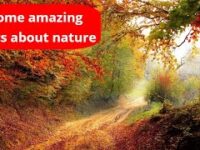










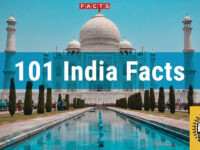
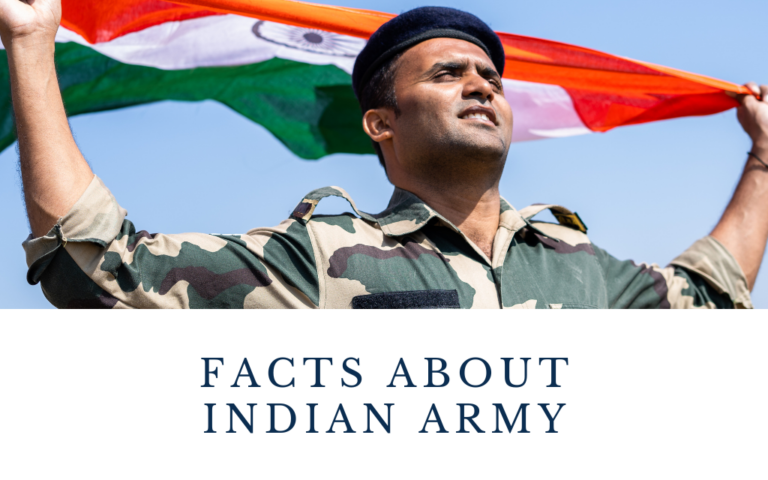
0 Comments